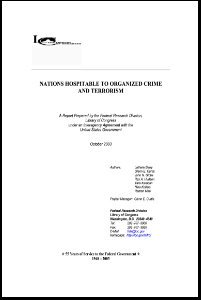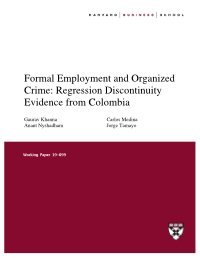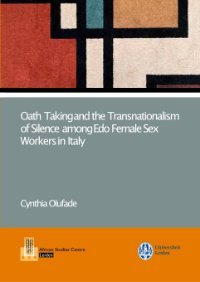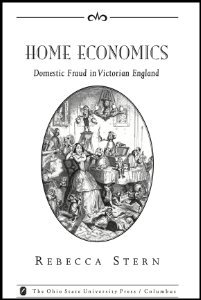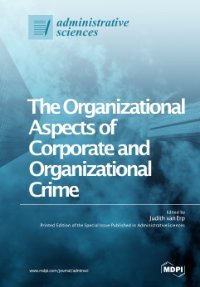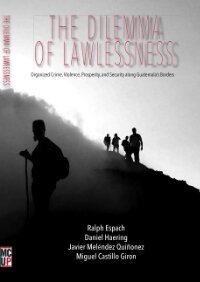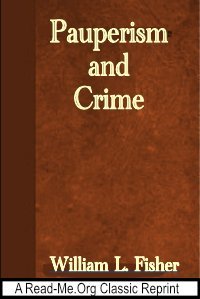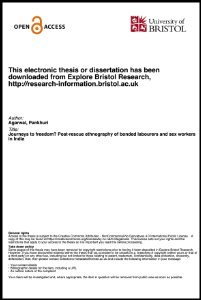By International Crisis Group
What’s new? On 6 June, Mexico will stage its largest-ever election day, with 21,000 contests nationwide. Opposition forces accuse President Andrés Manuel López Obrador of planning to deepen authoritarian rule should his allies prevail in the polls. Meanwhile, criminal groups exploit electoral competition in their quest for impunity and power. Why does it matter? The country’s politics are highly polarised, and its parties are weak and opportunistic. Criminal groups can use favours and threats to gain influence over future elected officials. Entanglements between government and organised crime that have long undermined security policies help perpetuate Mexico’s high levels of violence. What should be done? Severing links between criminals and state officials will be challenging, especially given the government’s apparent reticence to act. Still, outside actors should encourage investment in independent election oversight bodies and local institutions, and a shift toward tailored and less militarised policies to curb insecurity in Mexico’s most conflict-ridden areas.
Brussels: International Crisis Group, 2021. 33p.




